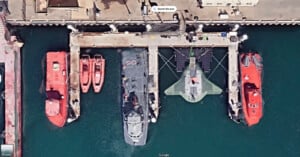
Google Maps Satellite Image Appears to Show US Prototype Underwater Drone
A Google Maps satellite image has picked up what is believed to be a prototype U.S. military underwater drone north of Los Angeles.

A Google Maps satellite image has picked up what is believed to be a prototype U.S. military underwater drone north of Los Angeles.
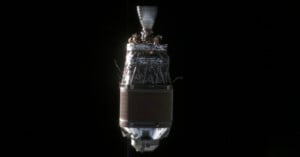
A satellite designed to eliminate the increasing amount of space junk orbiting the Earth has homed in on a 36-foot (11-meter) discarded rocket upper stage to take a remarkable photo.
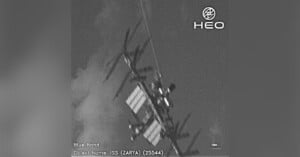
A satellite was able to capture a rare photo of the International Space Station as the two spacecraft hurtled past each other in space just 43 miles (69 kilometers) away.
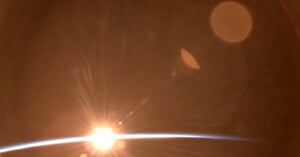
A SpaceX vehicle captured a gorgeous orbital sunrise as it deployed Starlink satellites into the Earth's pull.
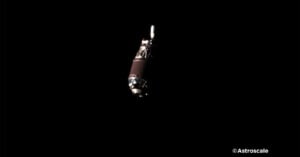
Cue the anti-space litter campaigns. A satellite captured a historic photo of space debris during a new mission.
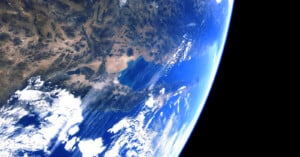
Canon's groundbreaking micro-satellite, CE-SAT-IE, has entered orbit and successfully communicated with the ground station at Canon Electronics' Akagi Plant in Japan.
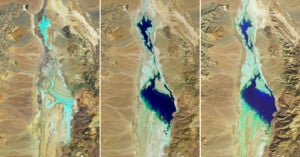
This week, NASA Goddard released a new video that highlights the Landsat program's achievements in 2023. A joint mission between NASA and the United States Geological Survey (USGS), satellite imagers have been orbiting Earth since Landsat 1 was launched in July 1972.
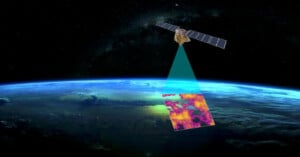
Google is working alongside the Environmental Defense Fund (EDF) to better understand methane emissions and potential mitigations.
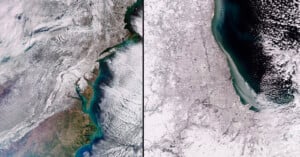
North America has been subjected to some of the most extreme cold in recorded history and views from space emphasize how frigid a couple of major U.S. cities have looked in recent days.
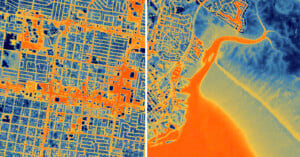
A new high-resolution thermal satellite camera has beamed back its first set of spectacular images.
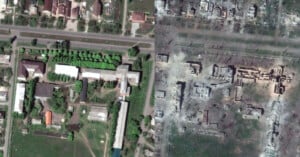
Fresh satellite images of the embattled Ukrainian city of Bakhmut lays bare the awful destruction that war has brought to the region.
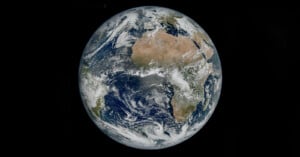
The European Space Agency (ESA) has released a stunning photo of Earth from its latest satellite imager that captures weather conditions in never-before-seen detail.
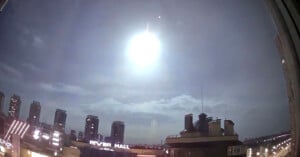
Multiple cameras picked up a massive flash of light over Ukraine last night with no clear explanation as to what it was.
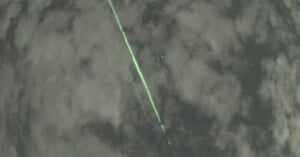
A homemade motion detection camera has become the first instrument on Earth to capture NASA's enigmatic ICESat-2 satellite firing laser beams at Earth.
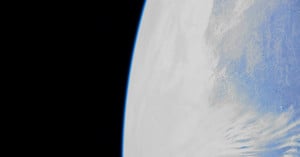
Sony has released the first photo captured by its new Star Sphere satellite, which aims to allow ordinary people to have access to a camera in Earth orbit and shoot their own space photos.
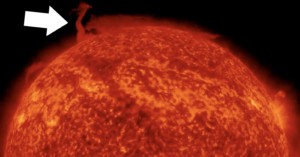
A satellite captured the moment a chunk of the Sun's northern pole broke off into a vortex, as scientists struggle to understand what is happening.
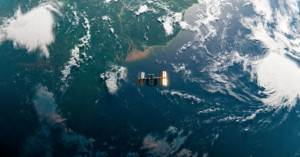
With the goal of democratizing satellite images, SkyFi has launched a new app for iOS, Android, and web browsers that lets anyone access high-resolution photos of Earth quickly, easily, and affordably.
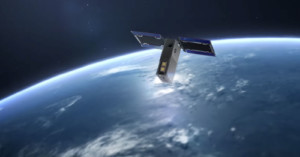
Sony describes its Star Sphere project as a way to open space perspectives that have been previously limited to just astronauts and provide it to anyone on Earth via remote-controlled orbiting camera satellites.

Kuvrd has announced the CosmoCaps and Satellites, camera body caps and small silicone sleeves that together allow photographers to track their cameras with AirTags.
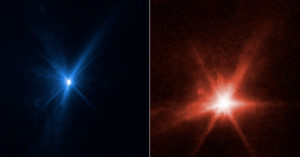
The James Webb Space Telescope and the Hubble Space Telescope both managed to capture detailed images of the impact of the planetary defense Double Asteroid Redirection Test (DART). It is the first time that Webb and Hubble have simultaneously observed the same celestial target.
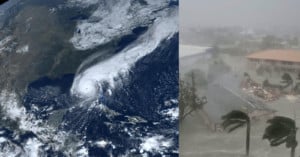
Hurricane Ian has made landfall in Florida threatening the lives of residents and leaving millions without power.
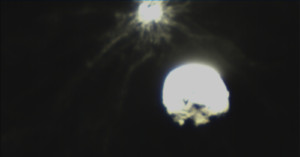
NASA's planetary defense Double Asteroid Redirection Test (DART) concluded earlier this week and the first photos taken by a small “mini photographer” spacecraft called the LICIACube have been published.
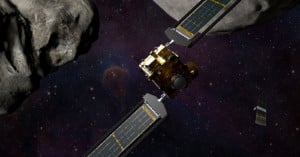
NASA's Double Asteroid Redirection Test (DART) is the world's first planetary defense test mission and it has deployed a smaller "mini photographer" spacecraft that will record all of the details of its planned impact with an asteroid.
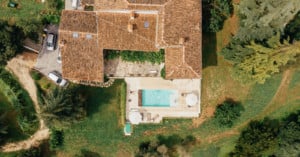
France is estimated to have about 3.2 million private swimming pools, but many of them are unregistered. Authorities are using satellite photos and AI to find them to recover about €10 million in unpaid taxes.
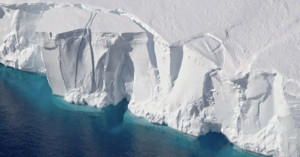
New research on Antarctica found in two separate studies that reference multiple optical and radar satellite sensors has revealed that the ice loss in Antarctica is much worse than previous estimates.
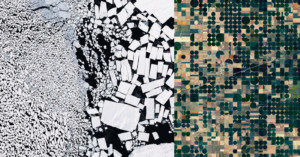
From the construction of a public park in Manhattan to the Yarlung Tsangpo River changing course on the Tibetan Plateau, the Daily Overview uses satellite imagery to create stunning images that detail how the world is changing.
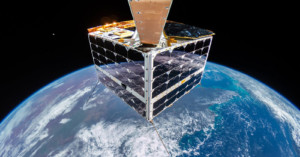
NanoAvionics sent a satellite into space with a selfie stick attached to a GoPro, which then transmitted back the world's first spacecraft selfie in 4K.
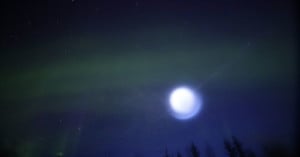
Late last month, a bright and glowing orb streaked across the Alaskan sky, interrupting a view of the northern lights. The spinning blue circle was captured by aurora cameras and scientists think they've isolated what the mystery object was.
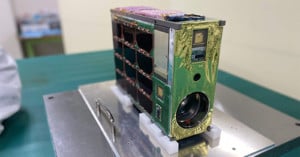
Ricoh Japan has announced that its Pentax DA* 300mm f/4 ED (IF) SDM lens has been installed on Japan's Kitsune 6U Microsatellite and has been sent into space.
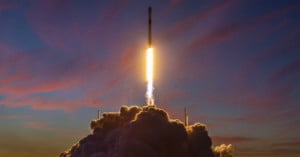
SpaceX has been using the Falcon 9 partially reusable two-stage-to-orbit medium-lift launch system that can return to Earth and be flown again multiple times for several years, but it's no less impressive to see it in action every time.